Multiplying Mixed Numbers: Word Problems
- Multiplying Mixed Numbers – Word Problems
- Mixed Numbers and Improper Fractions
- Conversion between Mixed Numbers and Improper Fractions
- Multiplying Mixed Numbers: Word Problems – Step-by-Step Process
- Multiplying Mixed Numbers: Word Problems – Practice
- Multiplying Mixed Numbers: Word Problems – Summary
- Multiplying Mixed Numbers: Word Problems – Frequently Asked Questions
Learning text on the topic Multiplying Mixed Numbers: Word Problems
Multiplying Mixed Numbers – Word Problems
Understanding how to work with mixed numbers is essential in our daily lives. From cooking recipes to measuring materials for a project, we often encounter situations where mixed numbers come into play. Gaining comfort in multiplying these numbers helps in effectively solving real-world problems.
Mixed Numbers and Improper Fractions
It's really helpful to know about improper fractions and mixed numbers when you're solving math problems, so let's make sure we understand what they are!
Improper Fraction: A fraction where the numerator (top number) is greater than or equal to the denominator (bottom number), such as $\frac{7}{2}$.
Mixed Number: A number consisting of a whole number and a fraction, like $3 \frac{1}{2}$.
Conversion between Mixed Numbers and Improper Fractions
| Process | Description | Example |
|---|---|---|
| Mixed to Improper Conversion | Multiply the whole number by the denominator, add the numerator, then place over the denominator. | $2 \frac{1}{2}$ → $\frac{2 \times 2 + 1}{2}$ = $\frac{5}{2}$ |
| Improper to Mixed Conversion | Divide the numerator by the denominator. The quotient is the whole number, the remainder over the denominator is the fraction. | $\frac{7}{4}$ → $1 \frac{3}{4}$ |
Convert the mixed number $3 \frac{1}{4}$ to an improper fraction.
- Multiply the whole number part by the denominator and add the numerator.
- $3 \times 4 + 1 = 12 + 1 = 13$.
- The mixed number $3 \frac{1}{4}$ is equal to the improper fraction $\frac{13}{4}$.
Convert the improper fraction $\frac{11}{3}$ to a mixed number.
- Divide the numerator by the denominator.
- $11 \div 3 = 3$ remainder $2$.
- The improper fraction $\frac{11}{3}$ is equal to the mixed number $3 \frac{2}{3}$.
Multiplying Mixed Numbers: Word Problems – Step-by-Step Process
Multiplying a fraction by a whole number and dealing with two mixed numbers are common in real-world problems. It's important to understand how these calculations work in practical situations. Let’s practice some examples!
A recipe needs $1 \frac{2}{3}$ cups of sugar for a batch of cookies, and you want to make $2 \frac{1}{2}$ batches.
- Convert Mixed to Improper: Convert $1 \frac{2}{3}$ to $\frac{5}{3}$ and $2 \frac{1}{2}$ to $\frac{5}{2}$.
- Multiply: Multiply $\frac{5}{3}$ by $\frac{5}{2}$.
- Calculate & Convert Back: $\frac{5}{3} \times \frac{5}{2} = \frac{25}{6}$. Convert $\frac{25}{6}$ to mixed number: $4 \frac{1}{6}$. You need $4 \frac{1}{6}$ cups of sugar.
If a garden requires $2 \frac{1}{4}$ cubic meters of soil for each section, and you are landscaping $3$ sections, how much soil is needed in total?
- Convert Mixed to Improper: Convert $2 \frac{1}{4}$ to an improper fraction: $\frac{2 \times 4 + 1}{4} = \frac{9}{4}$.
- Multiply by 3: $\frac{9}{4} \times 3$.
- Calculate & Convert Back: $\frac{27}{4} = 6 \frac{3}{4}$. You need $6 \frac{3}{4}$ cubic meters of soil.
Each shelf needs $2 \frac{1}{2}$ feet of wood, and you are building $4$ shelves. How much wood in total**?
- Convert Mixed to Improper: Convert $2 \frac{1}{2}$ to $\frac{5}{2}$.
- Multiply: Multiply by 4: $\frac{5}{2} \times 4$.
- Calculate & Convert Back: $\frac{20}{2} = 10$. You need $10$ feet of wood.
Multiplying Mixed Numbers: Word Problems – Practice
Practice some on your own!
Multiplying Mixed Numbers: Word Problems – Summary
Key Learnings from this Text:
- Multiplying mixed numbers is a practical skill for real-world applications.
- Conversion between mixed and improper fractions is key in multiplying mixed numbers.
- Multiplying mixed numbers involves converting to improper fractions, multiplying, and converting back.
- Understanding these steps helps in efficiently solving problems involving measurements, recipes, etc.
Multiplying Mixed Numbers: Word Problems – Frequently Asked Questions
Multiplying Mixed Numbers: Word Problems exercise
-
A contractor needs $3 \frac{3}{4}$ meters of wood to build one section of a fence.
HintsConvert the mixed number $3 \frac{3}{4}$ into an improper fraction by multiplying the whole number by the denominator of the fraction part and then adding the numerator.
Multiply the resulting improper fraction by the number of sections to find the total amount of wood needed.
SolutionFirst, we convert $3 \frac{3}{4}$ to an improper fraction.
Then, convert $3 \frac{3}{4}$ to an improper fraction:
$3 \times 4 + 3 = 15 \rightarrow \frac{15}{4}$
Next, multiply the improper fraction by the number of sections:
$\frac{15}{4} \times 4 = \frac{60}{4} = 15$
Finally, the correct answer is $15$ meters.
-
Julia is hosting a pizza party and each guest eats $2 \frac{1}{2}$ slices of pizza.
HintsConvert $2 \frac{1}{2}$ to an improper fraction:
$2 \times 2 + 1 = 5 \rightarrow \frac{5}{2}$
Multiply the improper fraction by the number of guests:
$\frac{5}{2} \times 5 = \frac{25}{2}$
Convert $\frac{25}{2}$ back to a mixed number.
SolutionThey eat $12 \frac{1}{2}$ slices of pizza.
-
A recipe calls for $1 \frac{1}{3}$ cups of sugar to make a batch of cookies.
HintsConvert $1 \frac{1}{3}$ to an improper fraction:
$1 \times 3 + 1 = 4 \rightarrow \frac{4}{3}$
Multiply the improper fraction by the number of batches:
$\frac{4}{3} \times 3$
SolutionThe total amount of sugar needed to make 3 batches of cookies is 4 cups.
1. Convert $1 \frac{1}{3}$ to an improper fraction: $1 \times 3 + 1 = 4 \rightarrow \frac{4}{3}$
2. Multiply the improper fraction by the number of batches: $\frac{4}{3} \times 3 = \frac{12}{3} = 4$
-
In an art class, each student uses $1 \frac{3}{5}$ tubes of paint for their project.
HintsConvert the mixed number $1 \frac{3}{5}$ into an improper fraction by multiplying the whole number part by the denominator of the fractional part and then adding the numerator.
Multiply the resulting improper fraction by the number of students to find out the total number of tubes needed for the class, and then convert the answer to a mixed number if necessary.
Solution$12\mathbf{\frac{4}{5}}$ tubes of paint are used by all the students.
1. Convert $1 \frac{3}{5}$ to an improper fraction: $1 \times 5 + 3 = 8 \rightarrow \frac{8}{5}$
2. $\frac{8}{5} \times 8 = \frac{64}{5} = 12 \frac{4}{5}$
-
During a relay race, each runner covers $2 \frac{3}{4}$ kilometers.
HintsConvert the mixed number $2 \frac{3}{4}$ into an improper fraction by multiplying the whole number by the denominator of the fraction part and then adding the numerator.
After converting, multiply the resulting improper fraction by the number of runners to find the total distance covered by the team.
SolutionConvert $2 \frac{3}{4}$ to an improper fraction and then multiply the fraction by the number of runners.
The total distance covered by the team is $\bf{11}$ kilometers.
1.Convert $2 \frac{3}{4}$ to an improper fraction: $2 \times 4 + 3 = 11 \rightarrow \frac{11}{4}$
2. Multiply the improper fraction by the number of runners: $\frac{11}{4} \times 4 = \frac{44}{4} = 11$
-
How many liters of water are needed to fill the pool?
HintsConvert the mixed number $5 \frac{3}{8}$ into an improper fraction by multiplying the whole number part by the denominator of the fractional part and then adding the numerator.
Multiply the resulting improper fraction by the number of buckets to find out the total amount of water needed to fill the pool, and then convert the answer to a mixed number if necessary.
SolutionThe total amount of water needed to fill the pool is $32 \frac{1}{4}$ liters.
1. Convert $5 \frac{3}{8}$ to an improper fraction: $5 \times 8 + 3 = 43 \rightarrow \frac{43}{8}$
2. Multiply the improper fraction by the number of buckets: $\frac{43}{8} \times 6 = \frac{258}{8} = 32 \frac{2}{8} = 32 \frac{1}{4}$
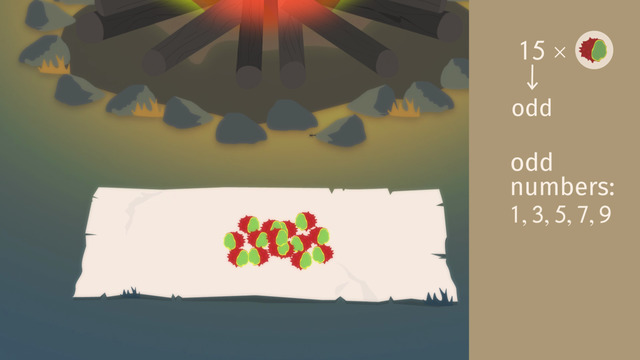
Even and odd numbers

Divisibility Rules - 3, 6, 9
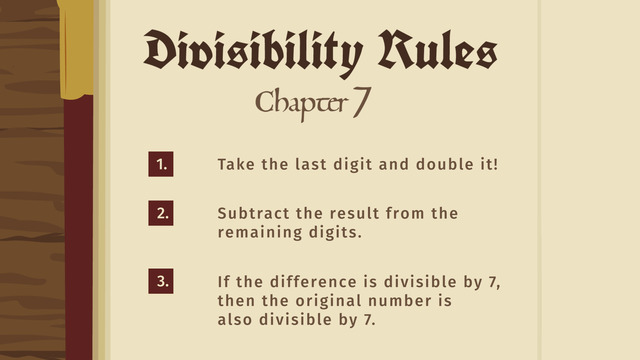
Divisibility Rules - 7

Divisibility Rules - 4, 5, 8, 10
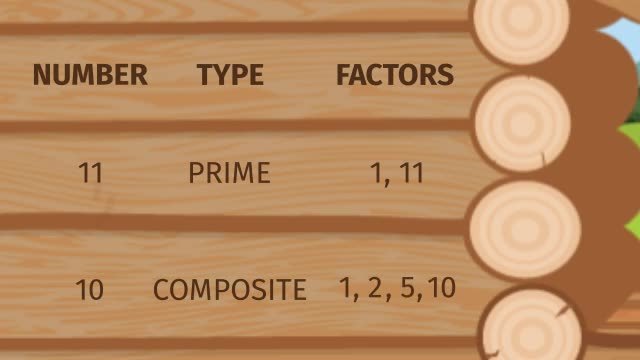
Prime Numbers
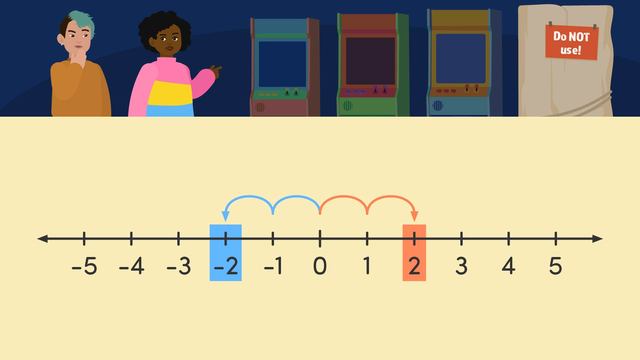
Integers and their Opposites
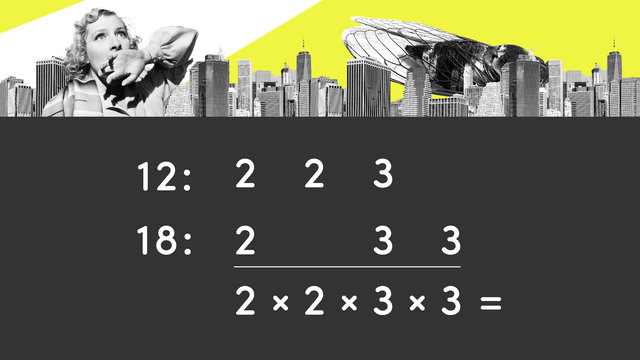
Least Common Multiples
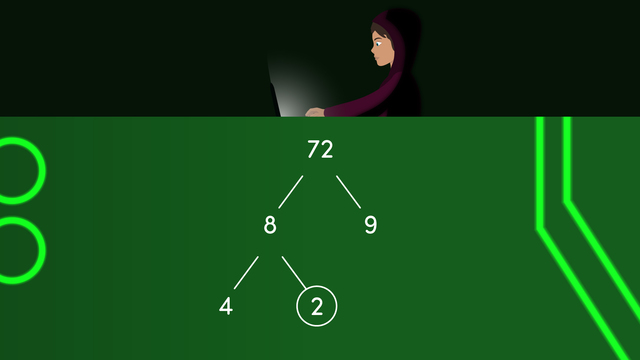
Prime Factorization
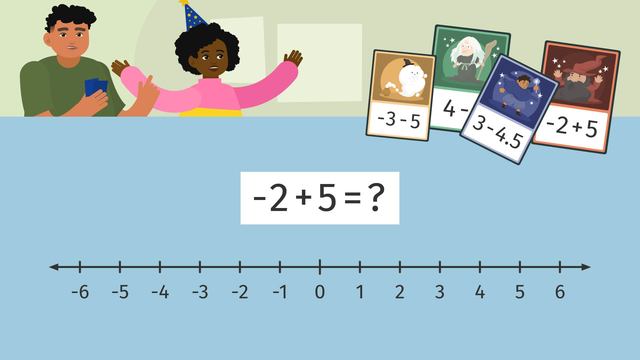
Adding and Subtracting Rational Numbers on a Number Line
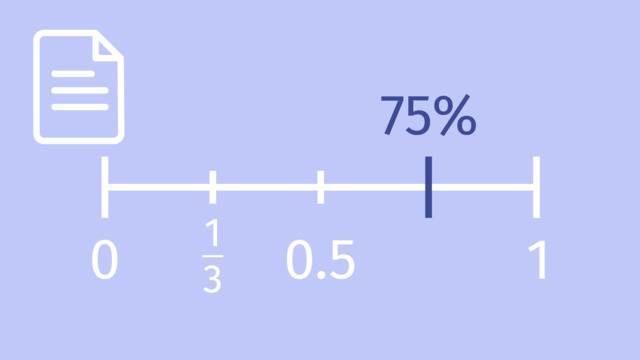
Ordering Rational Numbers
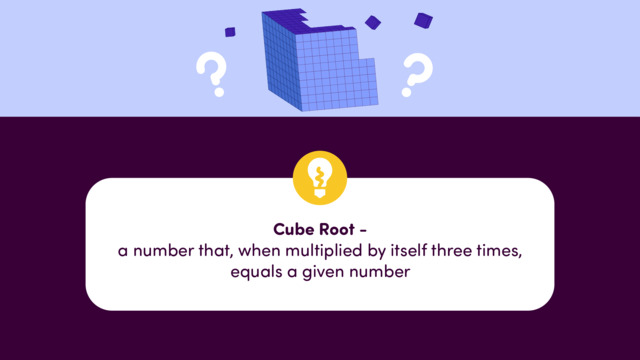
Cube Roots
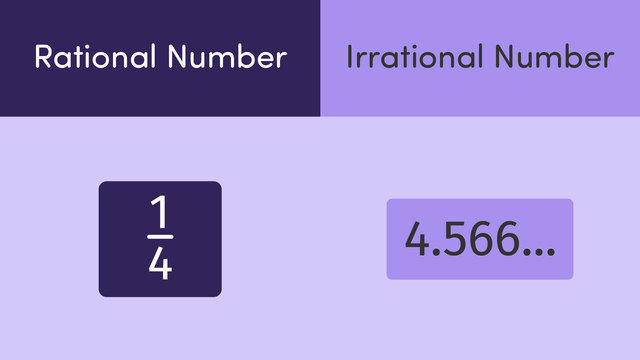
Rational and Irrational Numbers
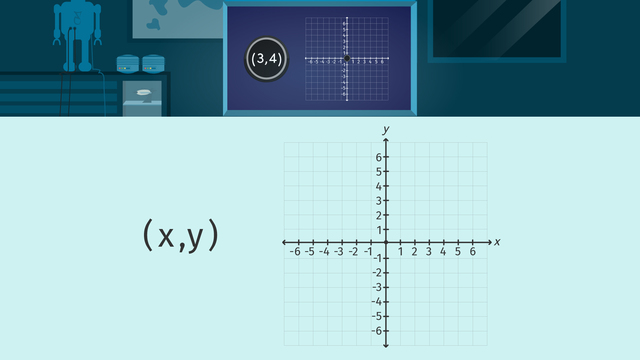
Ordered Pairs on the Coordinate Plane

Finding the Greatest Common Factor
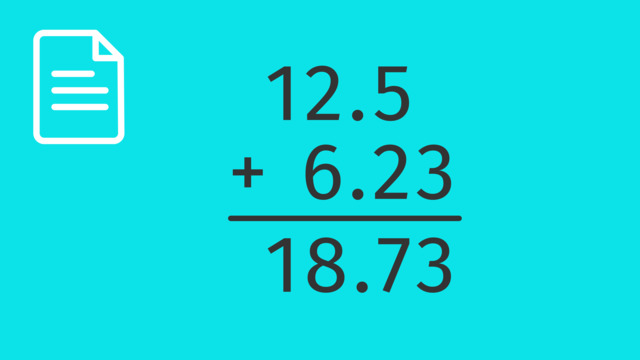
Adding and Subtracting Decimals
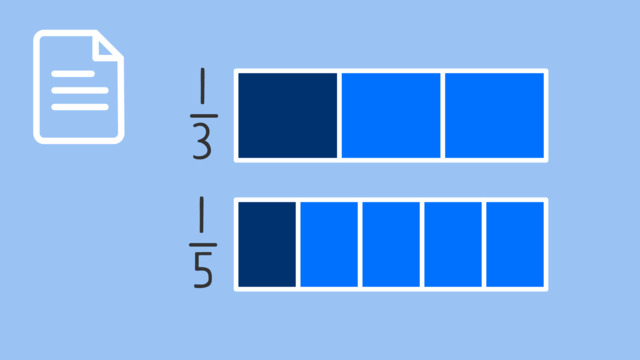
Comparing Fractions
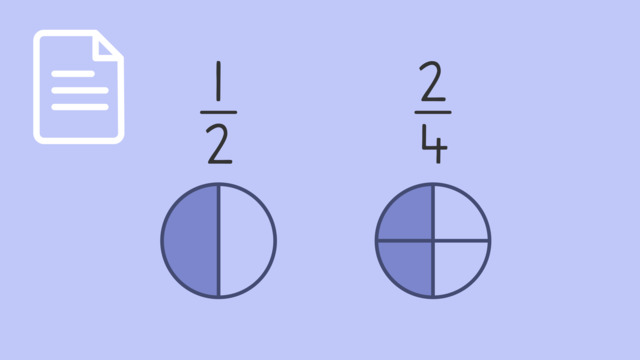
Equivalent Fractions
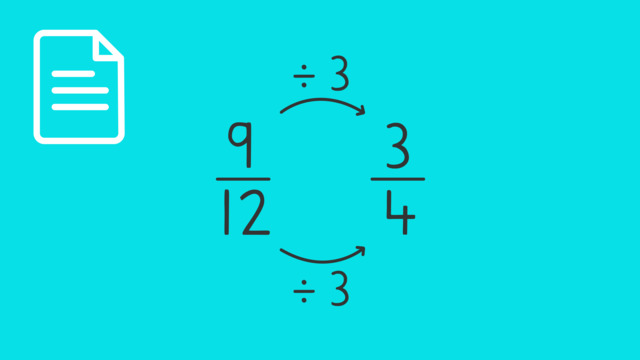
Simplifying Fractions
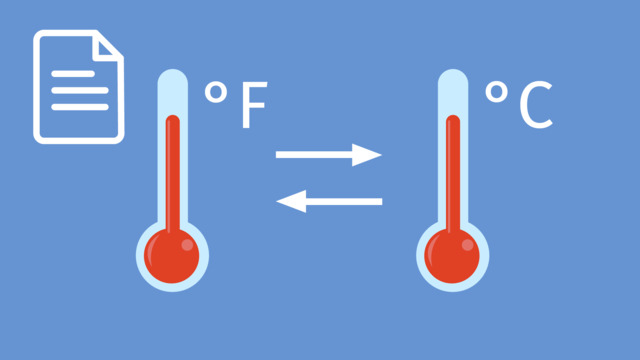
Temperature Conversion
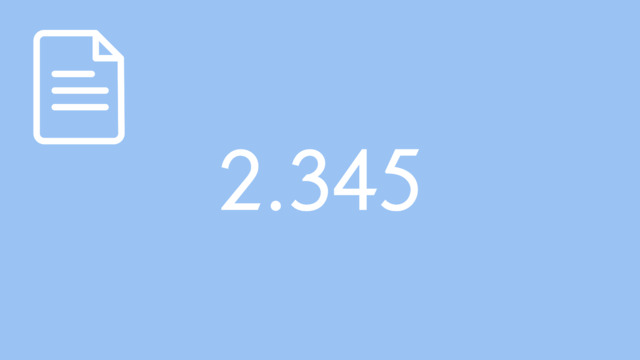
Decimal Expansions
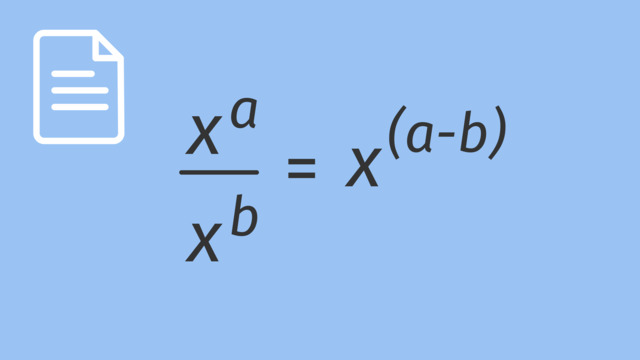
Division with Exponents
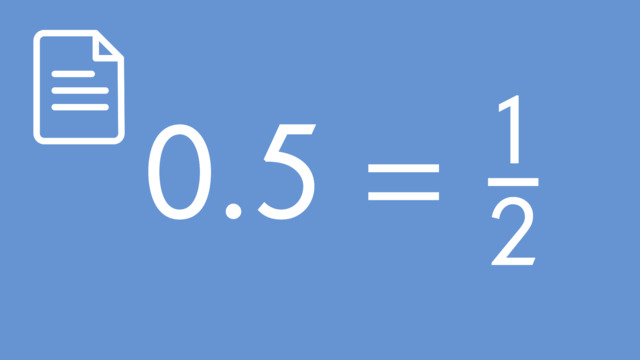
How to Convert Decimals Expansions
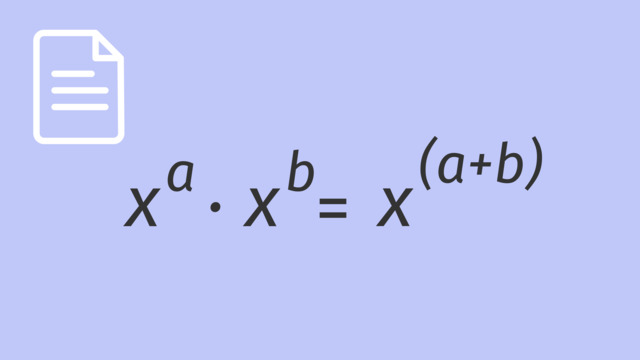
Multiplication with Exponents
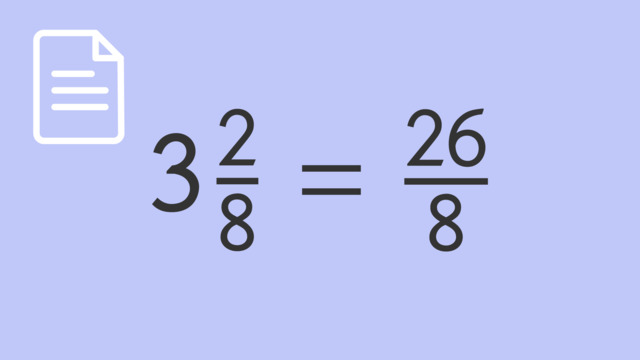
Improper Fractions and Mixed Numbers
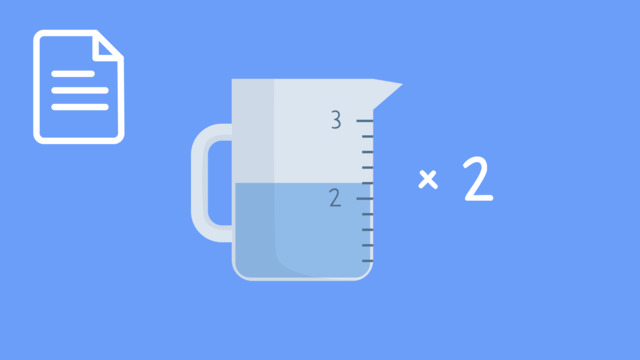
Multiplying Mixed Numbers: Word Problems













